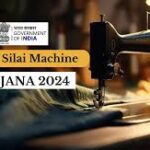
A New Dawn for Urban India: Pradhan Mantri Awas Yojana (Urban) Delivers Modi’s Promise of Homes for All
A growing population, fast industrialization, and the desire of millions of people to own a home in the city have all contributed to the remarkable changes in India’s urban landscape in recent years. Under Prime Minister Narendra Modi’s direction, the Indian government responded to this goal in 2015 with the Pradhan Mantri Awas Yojana (Urban), or PMAY(U). By 2022, the 75th anniversary of India’s independence, this flagship project sought to provide affordable housing for all city dwellers.
The government’s dedication to inclusive growth, respect for human dignity, and the empowerment of the urban poor is demonstrated by PMAY(U) today. It is a revolutionary movement that is reshaping cities, revitalizing communities, and reaffirming the government’s commitment to uplift all citizens. It is more than just a housing scheme.
Tamil Nadu Scholarships 2025: Unlock Your Potential with This Inspiring Guide to Opportunities and Eligibility
Understanding PMAY(U): Vision and Scope
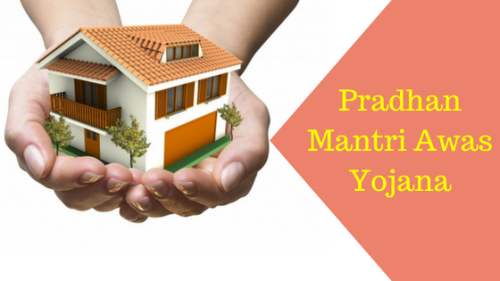
The goal of PMAY(U), which was introduced on June 25, 2015, was to alleviate the severe housing shortage that urban poor people, including slum dwellers, were experiencing. Building more than 1.12 crore (11.2 million) pucca (permanent) homes with basic civic amenities for qualified recipients was its overarching objective.
The program’s motto, “Housing for All,” speaks to the deepest desires of the millions of people who move to cities in search of better opportunities. For the first time, housing was recognized as a fundamental human right that is essential to both social and economic empowerment, rather than merely as an investment in real estate.
Core Features of PMAY(U)
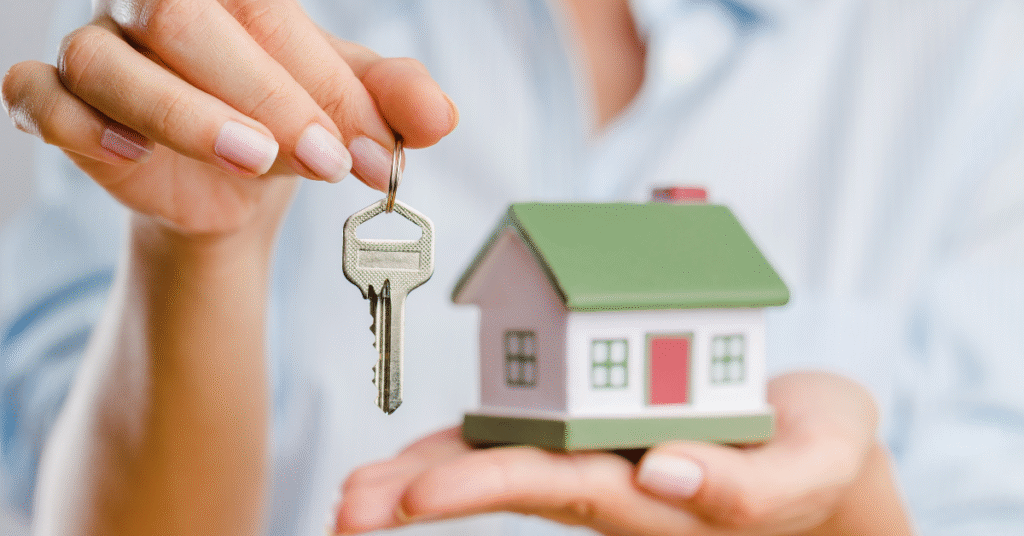
- Four Verticals of Implementation:
PMAY(U) offers flexible options to meet diverse needs:- In-situ Slum Redevelopment (ISSR) using land as a resource.
- Credit Linked Subsidy Scheme (CLSS) for Economically Weaker Sections (EWS), Low Income Groups (LIG), and Middle Income Groups (MIG).
- Affordable Housing in Partnership (AHP) with public and private sectors.
- Beneficiary-led Individual House Construction/Enhancement (BLC) for self-construction.
- Subsidized Home Loans:
Under CLSS, eligible beneficiaries receive interest subsidies up to ₹2.67 lakh, significantly reducing the financial burden. - Targeted Beneficiary Groups:
The scheme prioritizes women, differently-abled individuals, senior citizens, and marginalized communities, ensuring inclusive urban development. - Technology and Transparency:
PMAY(U) uses a digital platform for beneficiary tracking, GIS-based monitoring, and Aadhaar linkage to eliminate fraud and ensure real-time governance. - Eco-Friendly and Disaster-Resistant Construction:
Emphasis is laid on green technologies, sustainability, and climate-resilient designs to align with India’s environmental commitments.
Remarkable Achievements of PMAY(U)

As of 2025, the success metrics of PMAY(U) are truly inspiring:
- 1.18 crore houses sanctioned, with over 76 lakh completed and handed over to beneficiaries.
- ₹2.06 lakh crore total investment, including a central assistance of ₹1.12 lakh crore.
- 30,000+ beneficiaries daily accessing homes across urban India.
- Over 40% of beneficiaries are women, often listed as co-owners or sole owners, fostering women’s empowerment and property rights.
These achievements are not mere numbers—they represent real lives transformed, dreams fulfilled, and a new socio-economic narrative.
Impact on Urban India
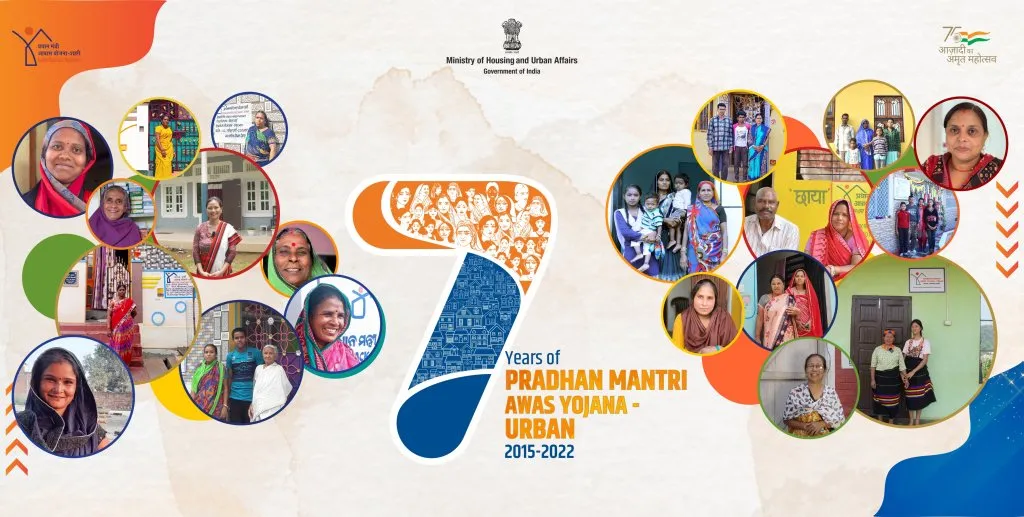
1. Socio-Economic Upliftment
A secure home is the bedrock of prosperity. Beneficiaries of PMAY(U) now have access to safe shelter, improved sanitation, clean drinking water, and electricity. This significantly boosts their health, productivity, and dignity.
Children in these homes perform better academically due to a stable, quiet environment. Women experience enhanced safety and autonomy, contributing more confidently to household and community decisions.
2. Slum Redevelopment with Dignity
In-situ Slum Redevelopment under PMAY(U) is revolutionizing how slum dwellers are treated—not as squatters, but as stakeholders. Redevelopment projects replace congested, unsafe dwellings with well-designed, multi-storey housing blocks, complete with community centers, gardens, and essential utilities.
This ensures zero displacement and sustains social cohesion, while upgrading urban aesthetics.
3. Boost to Employment and Local Economy
Housing construction generates extensive employment—from skilled masons and electricians to unskilled labor. PMAY(U) has created over 1.2 crore job opportunities, especially benefiting small contractors, suppliers, and local businesses.
Moreover, construction of homes drives demand for steel, cement, tiles, fixtures, paint, and logistics, revitalizing the urban economy.
4. Empowering Women through Homeownership
One of the most progressive features of PMAY(U) is its mandatory clause for women ownership or co-ownership of the house. This promotes financial security, legal identity, and gender equality.
For millions of Indian women, PMAY(U) is not just a key to a home—it is a gateway to independence.
5. Catalyst for Urban Infrastructure
Housing is interconnected with infrastructure. PMAY(U) has spurred better roads, drainage systems, water supply, sewage networks, and waste management in many cities. Municipalities and state governments have leveraged this momentum to implement Smart Cities Mission components.
Real-Life Stories: Faces Behind the Numbers
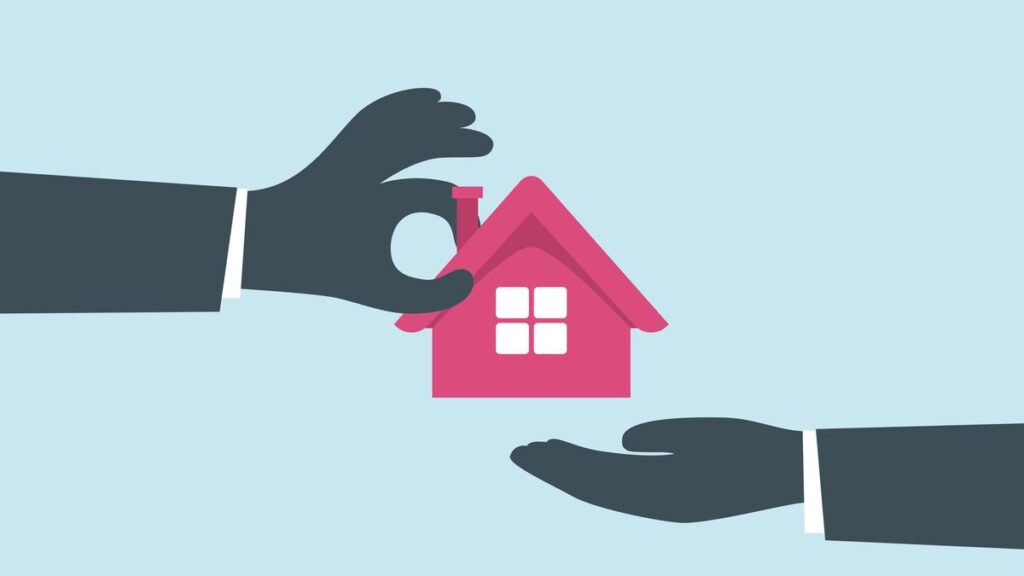
- Pushpa Devi from Varanasi, a widowed mother of three, now lives in a two-room pucca house built under BLC. She says, “Earlier we lived under a tin roof that leaked. Now I feel proud to invite neighbors inside.”
- Mohammed Salim from Hyderabad, who worked as a daily wager, now owns a house with a subsidized CLSS loan. “Modi Ji gave us more than a house—he gave us respect,” he says.
Such testimonials echo across India, from metro cities like Delhi and Mumbai to Tier 2 cities like Indore, Nagpur, and Surat.
Challenges and the Road Ahead
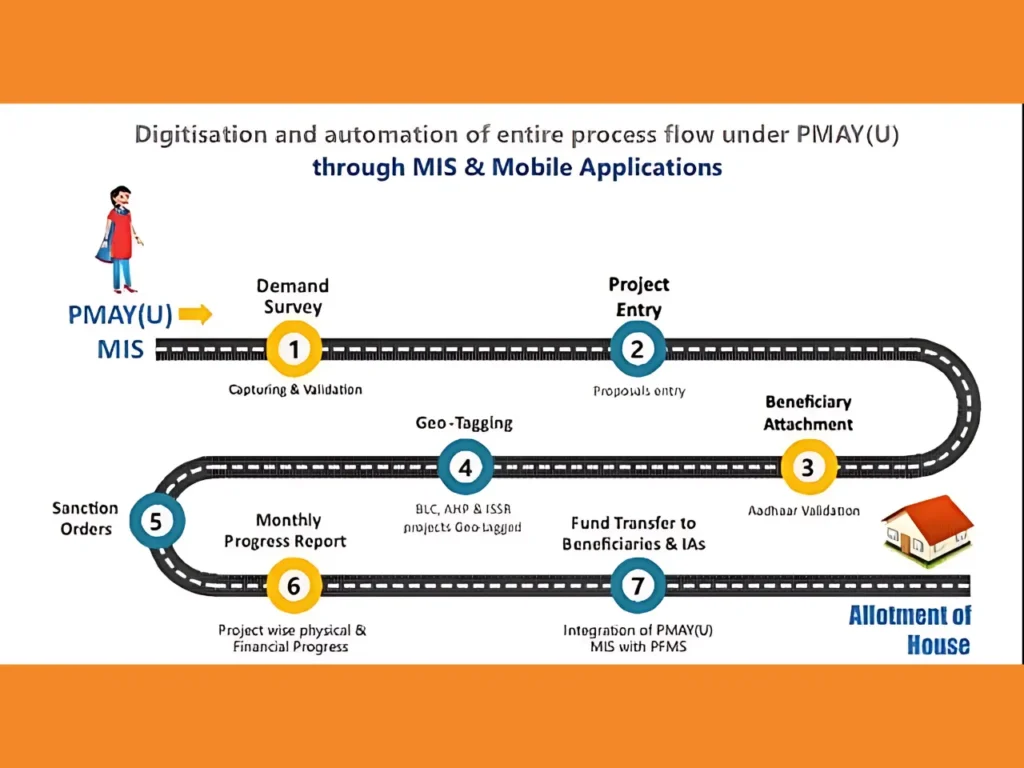
While the successes are vast, the mission has not been without challenges:
- Land availability and high costs in urban centers remain bottlenecks.
- Delays in project execution due to local administrative hurdles.
- Beneficiary awareness remains low in some regions.
Nonetheless, these disparities are being actively filled through ongoing reforms, improved public-private partnerships, and the integration of State Urban Livelihood Missions (SULM).
To improve quality and speed, MoHUA launched the Global Housing Technology Challenge – India (GHTC-India) under PMAY(U), which is bringing in state-of-the-art construction technologies from around the globe.
PMAY(U) and India’s Vision 2047
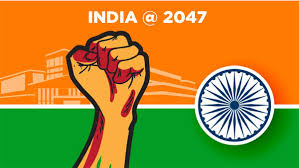
PMAY(U) establishes a foundational pillar as India advances toward its centennial of independence in 2047. By 2047, 50% of India’s population is expected to live in urban areas, making inclusive and reasonably priced urban housing more important than ever.
A citizen-first, equity-driven approach to urban development is modeled by PMAY(U). Future regulations incorporating smart homes, rental housing, green buildings, and resilient urban planning are anticipated to be influenced by it.
Conclusion: More Than a House—A New Life
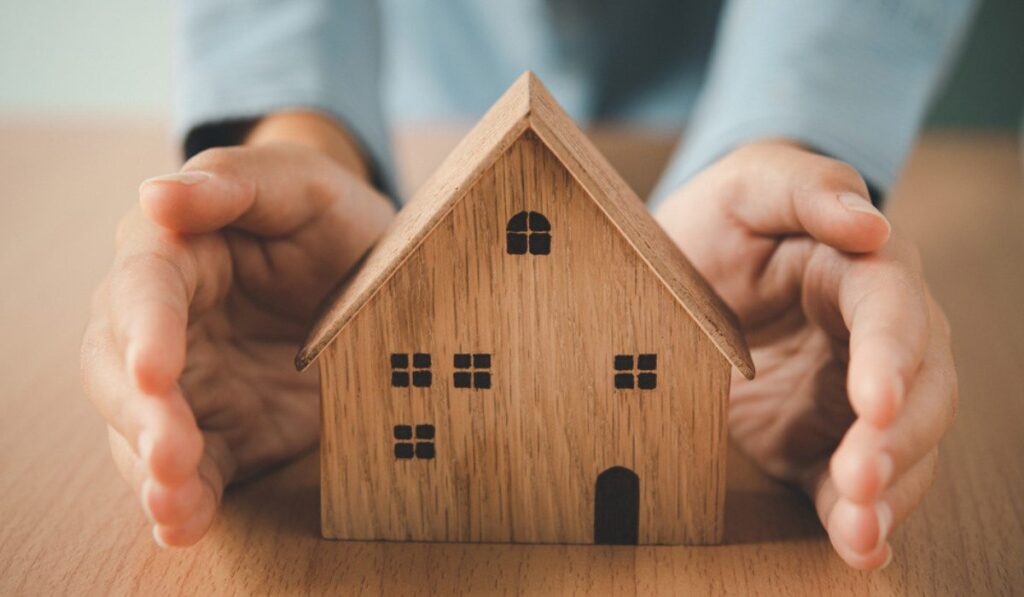
The Pradhan Mantri Awas Yojana (Urban) is more than just a building project. Its goal is to establish the groundwork for a more powerful, secure, and inclusive India.
Prime Minister Modi’s view that “the poor should not be dependent on others” is reflected in it. Their future must belong to them.
By providing homes to families, PMAY(U) is enabling millions to have the dignity they deserve, the courage to dream, and the self-assurance to develop.
Indeed, urban India is experiencing a new dawn that is more hopeful, resilient, and bright.


